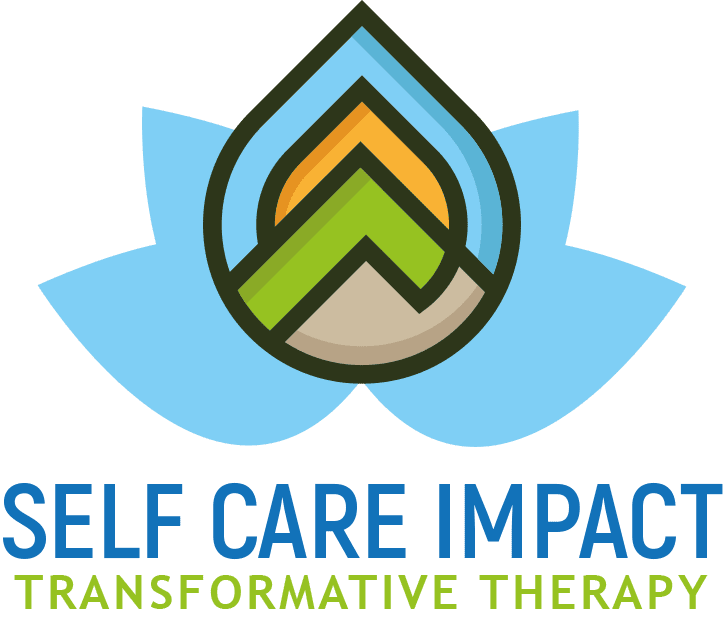We now have more ways than ever to interact. It would be epic if that translated into more healthy communication, huh? You may spend inordinate amounts of time caught up in flame wars or dealing with trolls who may actually be bots. In your personal, face-to-face lives, things can be equally as counterproductive. Does “stale,” “stilted,” or “stalled” sound accurate when assessing the interchange between you and your significant other? If so, take heart. It happens and it can be addressed. But get ready to roll up your sleeves because you have some couples counseling work to do.
What Does Stale or Stalled Couples Communication Look Like?
Of course, the communication dynamic of each relationship is unique. However, there are some general issues and styles that can cause a wide range of problems, e.g.
1. Passive-Aggressive
This is particularly frustrating because, quite often, your partner does not even realize they are doing this. They don’t get their way but instead of explaining, they might say something like, “Fine. Whatever.”
2. Playing the Victim
If you can’t get what you want, you may choose to guilt your partner into it.
3. Withhold, then Explode
Sure, some conflict should be avoided but more typically, withholding one’s emotions eventually leads to an unexpected explosion — and more communication issues.
4. Silent Treatment
This combines #1 and #3. You’re always too busy or the timing just isn’t right. In some cases, you may choose to literally be silent in the presence of your partner.
5. Dominator
This person uses many different ways to control communication:
* body language
* talking over you
* interrupting you
* speaking louder than you
* gaslighting
4 Ways You Can Refresh Stale, Stilted, or Stalled Communication
1. Pay Attention
Turn off and put down your phone. Look your partner in the eye and have a face-to-face conversation. In 2020, such fundamental guidance is necessary. How can communication feel fresh if one or both of you is not fully present?
2. Use “I” Statements
You have things on your mind and it is tempting, to begin with something like, “you always shut me down when I ask about…,” it’s a recipe for conflict. Choosing an “I” statement is a giant step in a more productive direction.
“I feel like my opinions are being invalidated when you…, ” helps reframe the topic and invites discussion instead of a disagreement.
3. Petition For a Change of Venue
Part of the staleness could be the fact you’re having conversations in the same old places. Especially in a time of social distancing, you and your partner may be stuck in a location. Find ways to get creative when comes to where and how you communicate. The bedroom is not the only place you need some variety!
4. Commit to Radical Honesty
Radical Honesty is a set of guidelines that encourages couples to directly speak their truth. It sounds daunting — and foreign — at first. With practice, it can be liberating. No more beating around the bush. No more telling white lies to keep the peace. Radical Honesty is performed with sensitivity and respect, of course, but it requires you to remove the filter that may be hampering your connection and communication.
It’s Time for A Communication Coach
Working on relationship communication can be tricky. You are your partner may not be aware of the habits you’ve slipped into. Working with a couples counselor puts you both in a position to experience some “a-ha” moments.
Your communication patterns will be exposed and examined. Thanks to the presence of a skilled and unbiased mediator, you’ll have the opportunity to better hear each other. From there, you’ll find countless new ways to refine and hone your interactions. Don’t let the problems simmer. They will not fix themselves and. You can change your relationship for the better. Please read more about couples counseling and contact me soon for a consultation.
Getting Started With Couples Counseling in Lakewood & Longmont Colorado
We invite you to call us at 720-551-4553 for a free 20-minute phone consultation. You can schedule your appointment via phone, email, or the contact page on our website. We offer both in-person and online counseling. We’re open to whichever option you feel more comfortable with. We look forward to hearing from you!

